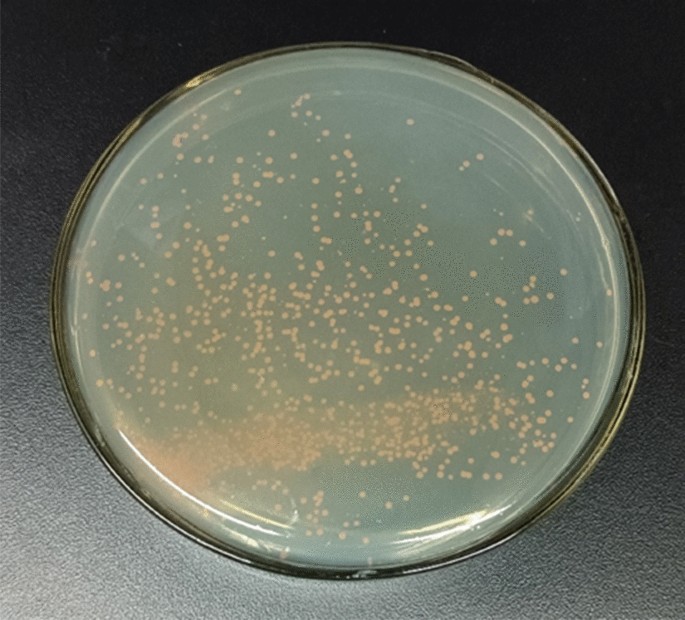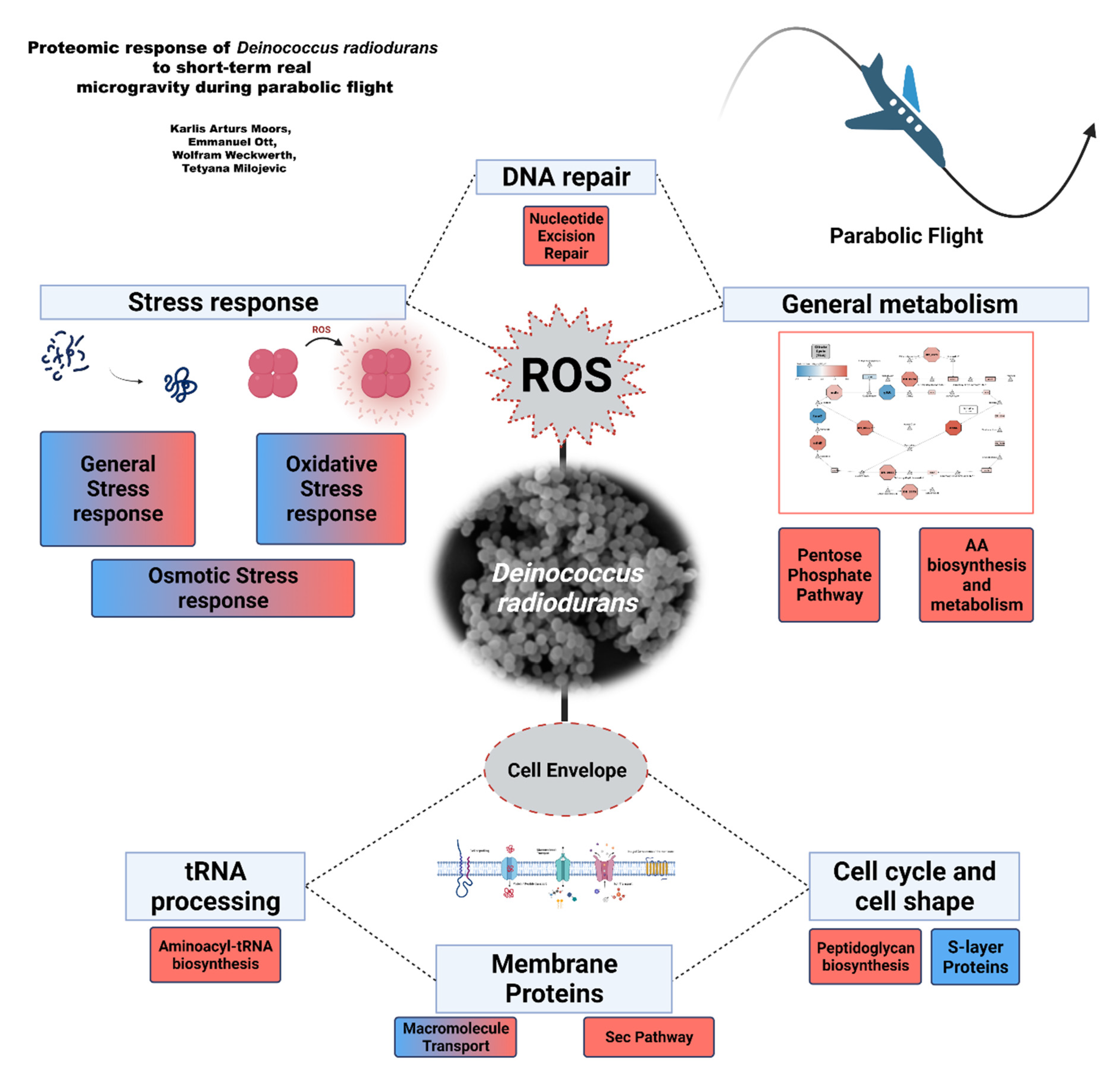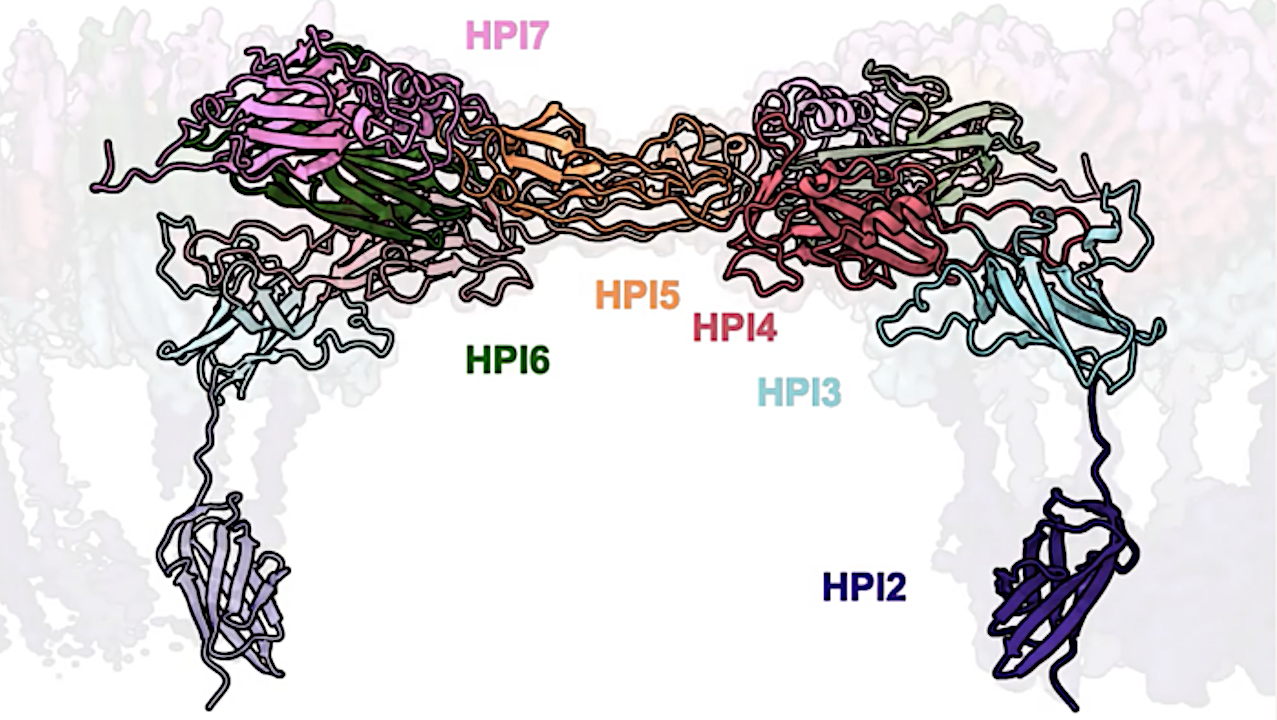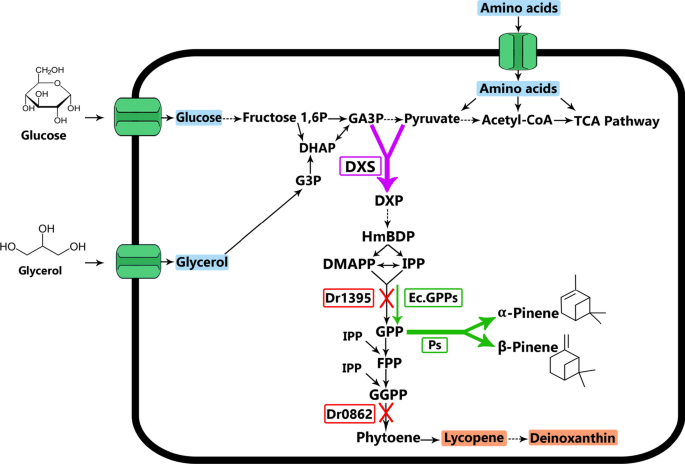The diversity and commonalities of the radiation-resistance
Por um escritor misterioso
Descrição
Deinococcus is an extremophilic microorganism found in a wide range of habitats, including hot springs, radiation-contaminated areas, Antarctic soils, deserts, etc., and shows some of the highest levels of resistance to ionizing radiation known in nature. The highly efficient radiation-protection mechanisms of Deinococcus depend on a combination of passive and active defense mechanisms, including self-repair of DNA damage (homologous recombination, MMR, ER and ESDSA), efficient cellular damage clearance mechanisms (hydrolysis of damaged proteins, overexpression of repair proteins, etc.), and effective clearance of reactive oxygen species (ROS). Due to these mechanisms, Deinococcus cells are highly resistant to oxidation, radiation and desiccation, which makes them potential chassis cells for wide applications in many fields. This article summarizes the latest research on the radiation-resistance mechanisms of Deinococcus and prospects its biotechnological application potentials.

Cancers, Free Full-Text

Radiation Efficiency - an overview
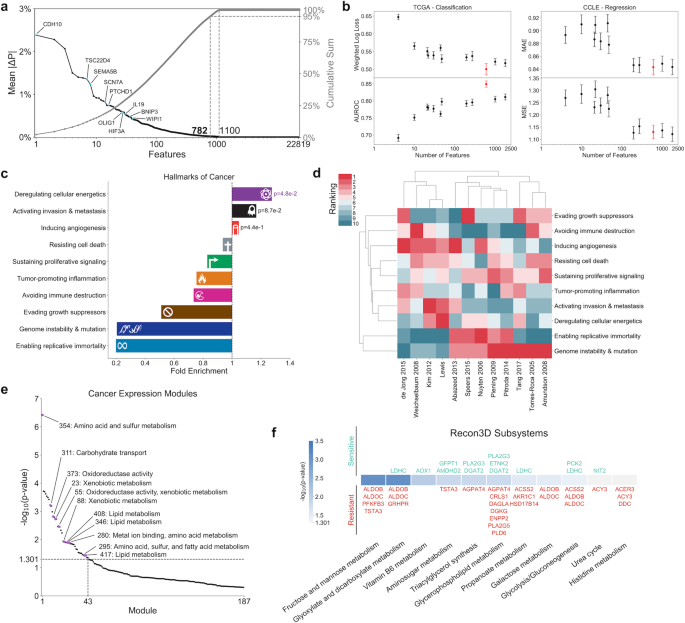
Integration of machine learning and genome-scale metabolic modeling identifies multi-omics biomarkers for radiation resistance
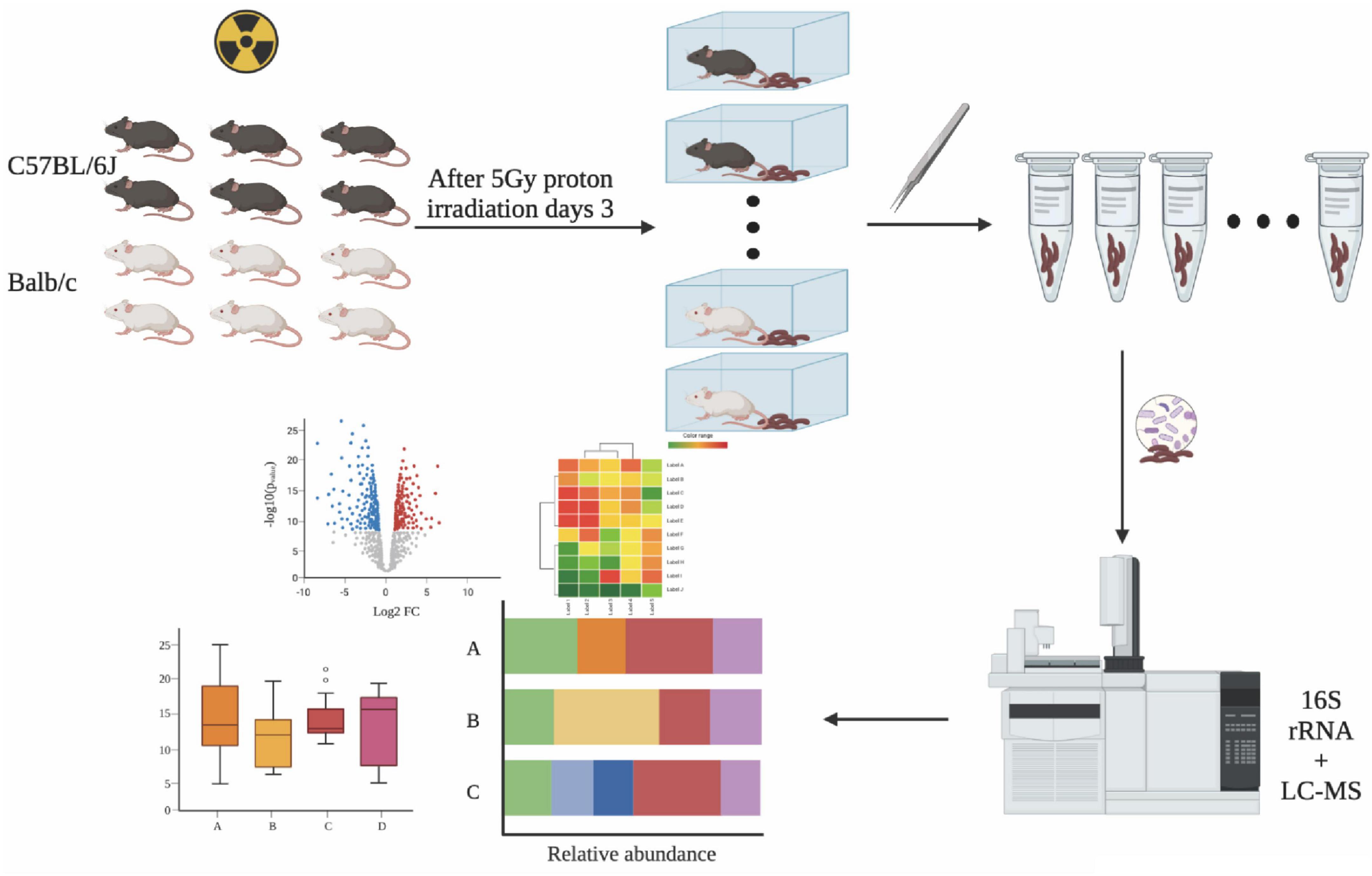
Frontiers Differences in the Establishment of Gut Microbiota and Metabolome Characteristics Between Balb/c and C57BL/6J Mice After Proton Irradiation
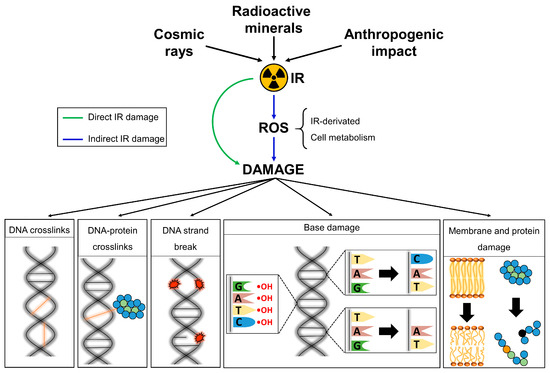
Plants, Free Full-Text
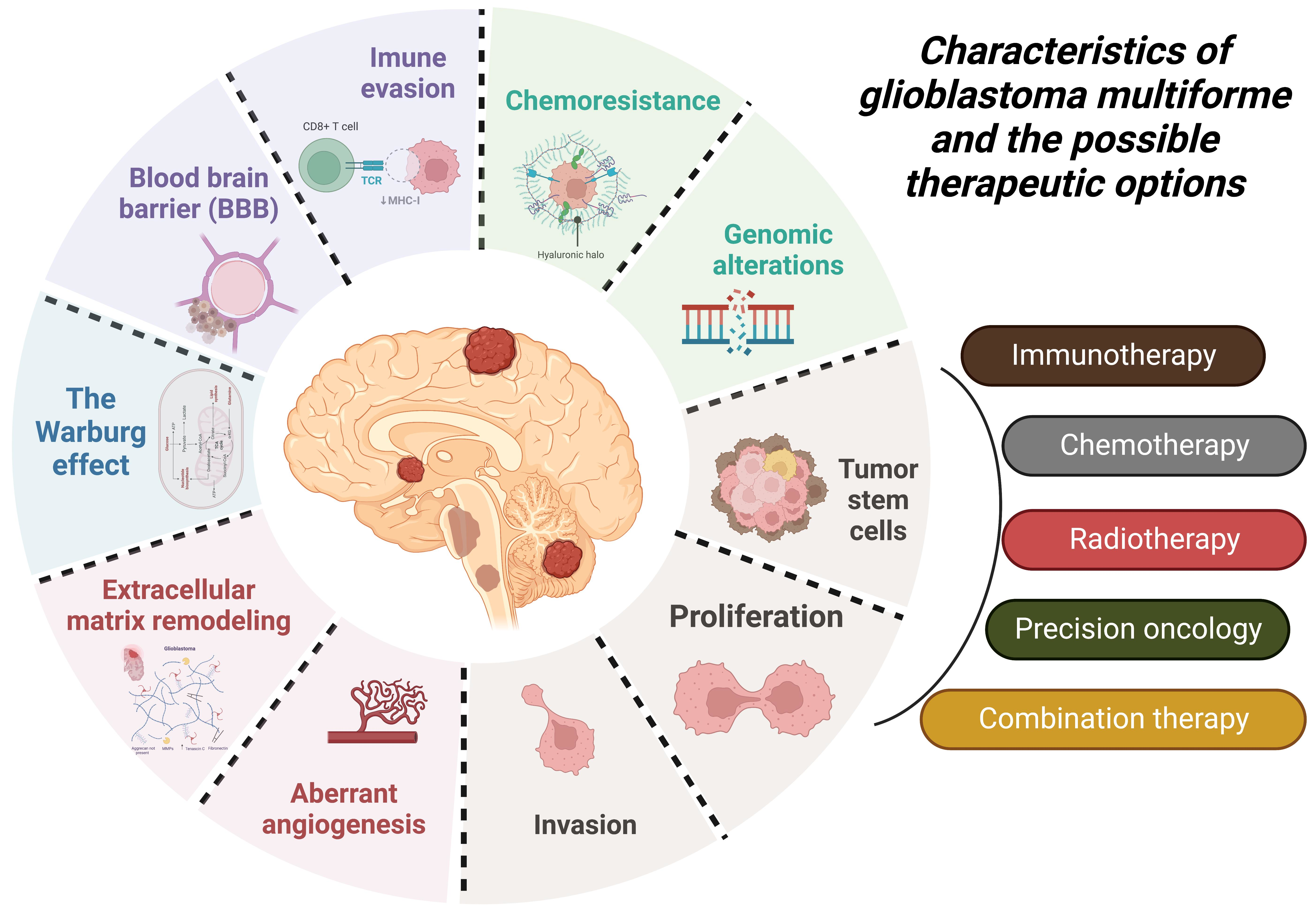
Cancers, Free Full-Text

p53 dynamics vary between tissues and are linked with radiation sensitivity
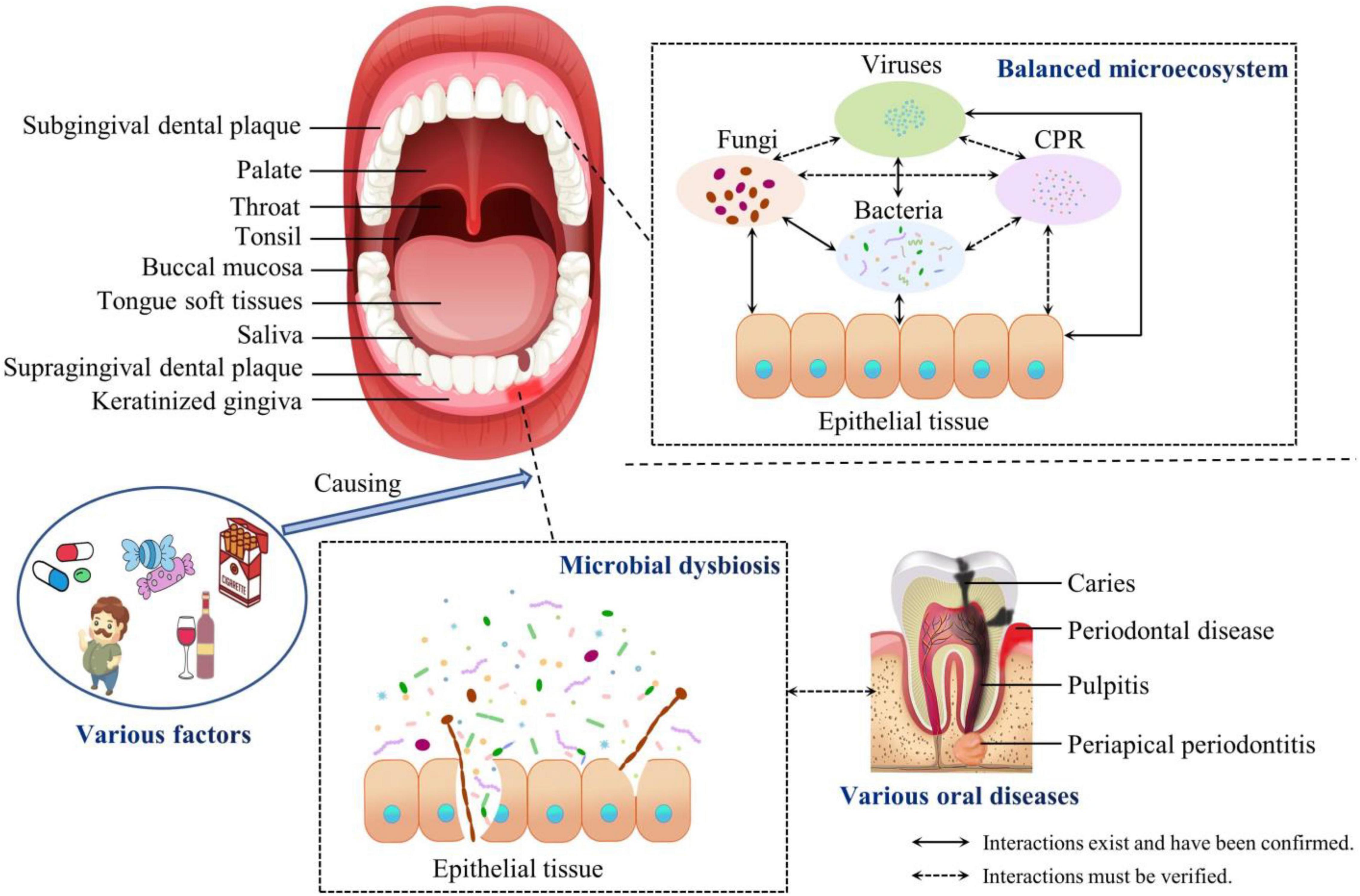
Frontiers The Oral Microbiota: Community Composition, Influencing Factors, Pathogenesis, and Interventions

Extensive Diversity of Ionizing-Radiation-Resistant Bacteria Recovered from Sonoran Desert Soil and Description of Nine New Species of the Genus Deinococcus Obtained from a Single Soil Sample
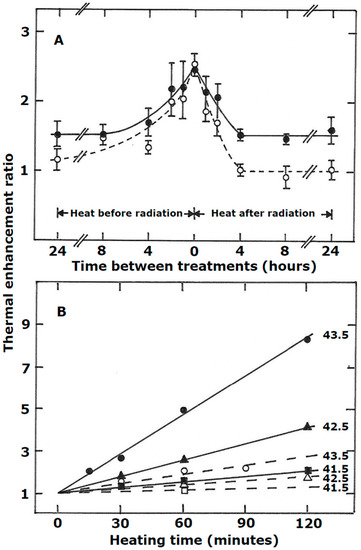
Cancers, Free Full-Text

The Ecology of Nonecological Speciation and Nonadaptive Radiations: Trends in Ecology & Evolution
de
por adulto (o preço varia de acordo com o tamanho do grupo)
